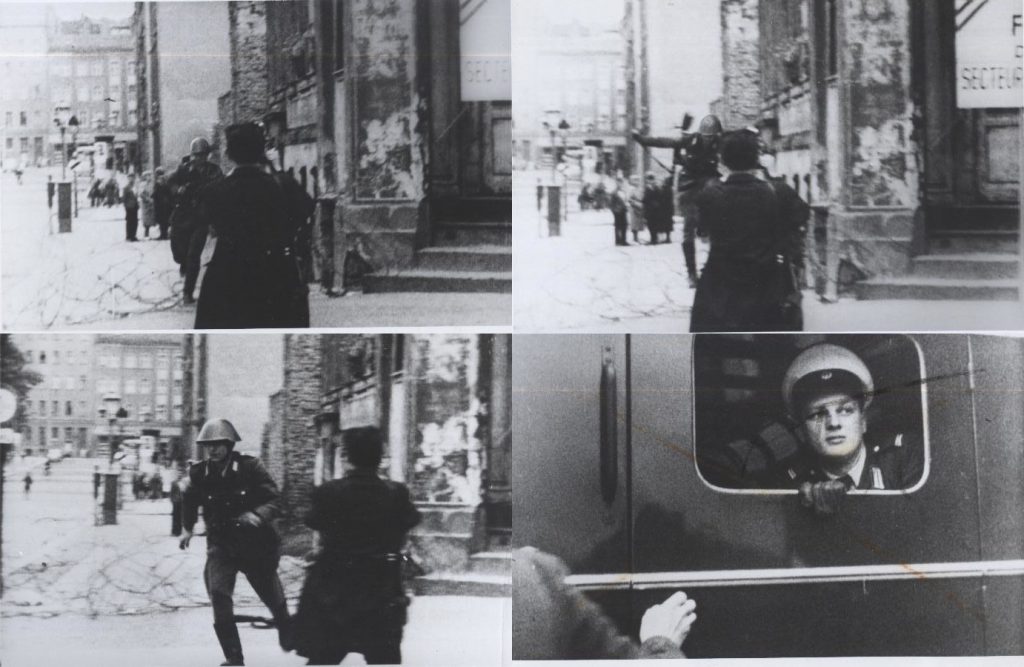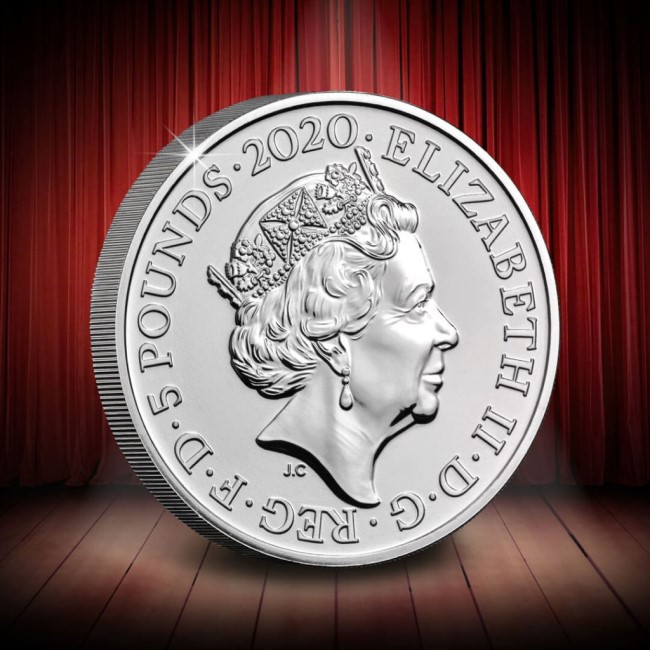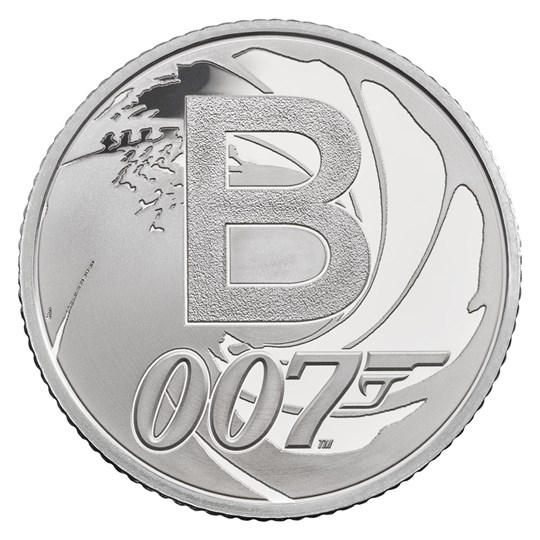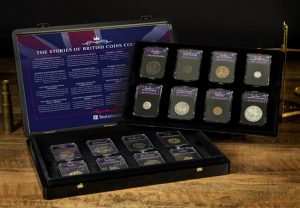Shop
The Great Escape from East Berlin
Imagine scaling an electricity pole in the dead of night, a bitterly cold wind rushing past your ears, and tiptoeing along a power cable through the skies of Berlin. This is exactly where trapeze artist Horst Klein found himself after being banned from performing in East Berlin for his anti-communist beliefs.
He eventually fell to the ground after becoming fatigued, but fortunately landed in West Berlin. Despite two broken arms he was finally free from the communist holds of the East. But he wasn’t the only one to risk his life.
30 years ago, on 9th November 1989, the Berlin Wall fell and the people of Berlin were liberated after being separated for almost three decades. But during the years that the Berlin Wall stood, hundreds of people followed Klein’s example, with each one having to find their own creative way to defect to the West.

A homemade hot air balloon
Two friends who worked as mechanics used their skills to build a hot air balloon. They had a little help from their wives too, who stitched together bed sheets to make the actual balloon. In September 1979 the couples and their children climbed into the balloon and floated through the skies over the wall into the freedom of the West.
The last train to freedom
In 1961 not long after the wall was erected, Harry Deterling found himself driving a train down a disused railway track. As a railway engineer he knew this track led to gap where the Berlin Wall had not yet been completed. After piling his friends and family on board, Deterling drove the train at high speed through the gap in the barrier and into West Berlin. The gap was sealed by East German guards the next day, giving the train its nickname “the last train to freedom”.

In a stolen tank
An East German soldier stole a tank in 1963 and drove it straight into the wall in the hope that it would break through. The force wasn’t enough to destroy the wall so instead the soldier was forced to climb out on top of the tank and up onto the wall. Under gunfire from the East German border guards he got stuck in barbed wire, and shot twice. Fortunately West Germans came to his aid and rescued him.
In a convertible with no windshield
Checkpoint Charlie, was the scene of a successful, and bold, escape by Heinz Meixner. He rented a red Austin-Healy Sprite, chosen because the car itself only measured 90cm high. This was vital for Mexiner’s plan. He removed the windshield and let out a little air from the tires to lower the car even more, drove to Checkpoint Charlie (with his girlfriend and mother in law hidden in the back) and drove straight under the barrier into the West.
On an air mattress
One man who was so familiar with the banks of the River Elbe, which ran through Berlin, used an air mattress as a makeshift raft. Under the cover of darkness and with a trusted friend, the pair navigated a metal fence and the muddy riverbank. They climbed on board the mattress and silently paddled along the river into West Germany.

This month marks the 30th anniversary of the fall of the Berlin Wall. On the night the wall came down celebrations continued throughout the city into the early hours of the morning as friends and families reunited. Today, little remains of the wall as it was almost entirely destroyed, but the legacy of that night and the wall lives on.
If you’re interested….
You can own an ORIGINAL piece of the Berlin Wall along with a coin from both East and West Germany. And just think, this might even be the very piece that Horst Klein walked over! But it’s already over 75% sold so you’ll need to act fast. Check out the video to see Adam explain what makes this set so special or click here to order yours today >>
Titans of British culture – Queen and Bond – to feature on UK coins!
***UPDATE***
Following the Royal Proclamations on the 8th November 2019, The Royal Mint have now confirmed there will be a Music Legends coin series!
This is exciting news for music fans and collectors alike. It’s safe to assume stage legends Queen will be part of this series, but who else would you like to see on a Music Legends coin?
Let us know in the comments below and sign up for updates at the bottom of the blog!
By signing up we’ll make sure you’re the first know any updates about these new coins, including when they’re being launched. So what are you waiting for?
Royal Proclamations issued on 8th November 2019 confirm that two icons of British culture will be honoured next year on UK coins – rock legends of the stage, Queen, and spy of the silver screen, James Bond.
It is unknown yet exactly when we will be able to snap up these new issues, but we do know the coins will be 2020 dated so we will be on the lookout from the New Year…
“I won’t be a rock star. I will be a legend” – Freddie Mercury
And legends they did become. It’s safe to say renowned rock band Queen have been inspiring millions across the globe since they exploded on to the British music scene in 1970 – you’d be hard-pressed to find someone who doesn’t recognise the opening rift of Another One Bites the Dust.
Known for hits such as We Will Rock You, Bohemian Rhapsody and Don’t Stop Me Now, Queen’s pioneering, creative and alternative approaches to music making proved to the world that music has no bounds.
Their status as icons in the British music industry was sealed in 1990 when they received the Brit Award for Outstanding Contribution to British Music. Following this they were then inducted into the Rock and Roll Hall of Fame in 2001 and in 2018 were presented with the Grammy Lifetime Achievement Award.

And now, their lasting legacy is going to be captured on a commemorative UK coin – the first band to ever feature on a UK coin!
The Royal Proclamation confirms there will be various specifications available, including a £5 base metal coin and a variety of precious metal versions. All coins will bear a design depicting a keyboard, drum, bass and electric guitar accompanied by a microphone and the inscription “QUEEN”. What’s more, a special two pound denomination silver coin will feature the edge inscription “MERCURY · MAY · TAYLOR · DEACON ·”
Bond, James Bond
Created by Ian Fleming in 1953, James Bond – or better known by his MI6 codename 007 – will be returning in the hotly-anticipated 25th Bond film that was revealed recently to be called No Time To Die.
The Bond franchise is the longest running film series of all time, grossing nearly $7 billion to date for its production company, Eon. Overall it has grown to become the fourth-highest-grossing film series ever, and has amassed five Academy Awards along the way too.

The secret agent has been portrayed by seven actors, and is perhaps best known for his suave manner, his penchant for martinis (shaken, not stirred) and the gadgets and cars supplied by Q branch.
Speaking of cars, the Royal Proclamation confirms the design of the Bond coin will feature the 007 logo and a depiction of his car – fingers crossed for a classic Aston Martin!
It also looks like this commemorative Bond coin will be issued in a variety of precious metal specifications. The smallest denomination will be a ten pound silver coin, with an impressive diameter of 65mm to truly appreciate what is sure to be a spectacular design.
Register your interest
Both Queen and Bond have an unrivalled cult following with leagues of fans worldwide. So, I expect these new commemorative issues to be amongst the most anticipated new issues in 2020, and as such will be in high demand!
If you want to be kept up to date and be the first to know when these coins are available then simply register your interest below and we’ll email you as soon as we have more information.
Unboxing over 200 years of British coin history
The Stories of British Coins Collection includes 16 of the most remarkable coins from over 200 years of British history, but many of them are in high demand and difficult to source, especially those which are historic artefacts in their own right!
Join Adam as he unboxes a fascinating coin collection that together tells the story of Britain.
Find out more and add the set to your collection by clicking here >>

